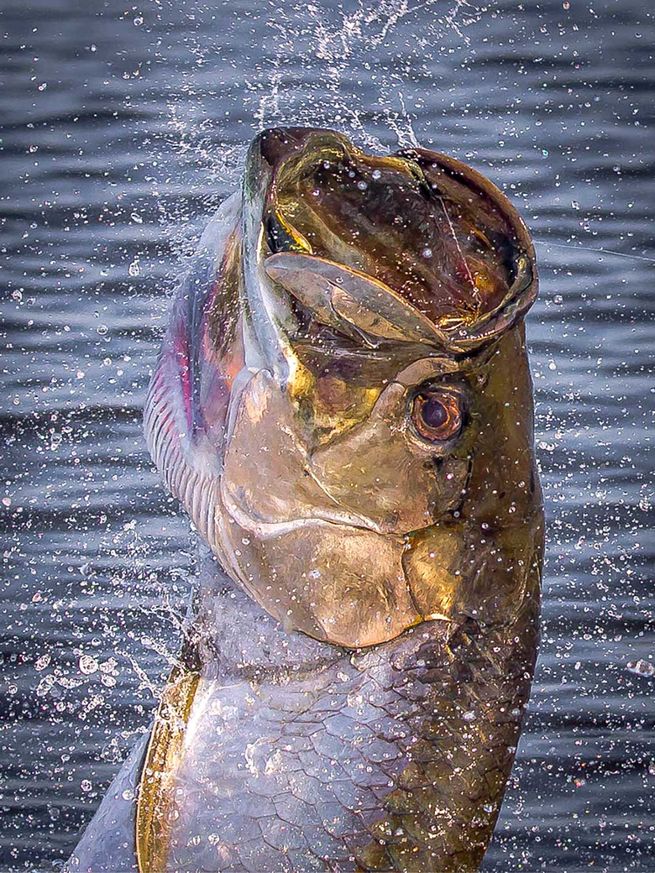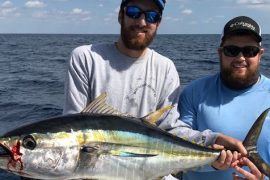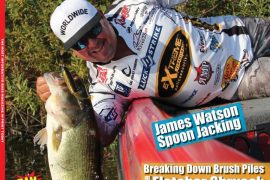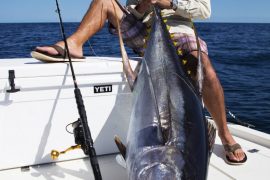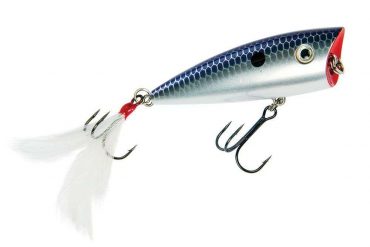
Megalops atlanticus has been around for millions of years and has developed a number of habits and tendencies that we as anglers can predict to help our cause. Understanding tarpon’s behavior, including how they move, where they want to be as they travel, and in what kind of areas they like to hold, will vastly increase your chances for success.
For starters, adult tarpon spend the majority of the year out in deeper water until the temperature rises to the right level to trigger their drive to spawn, which prompts the fish to move in and out of coastal estuaries following the ideal water temps while traveling along both Florida coasts. This big, annual migration usually starts sometime in April, although after unusually warm winters, it could get underway sooner.
You’ll find tarpon over any type of bottom, they swim over hard sand as easily as over grass and mud bottom. But the silver king likes to swim along edges and follow contours, using these transitions as highways during their migration. But the fish travel at different depths in the different stretches of both Gulf of Mexico and Atlantic coasts of the Sunshine State, so figuring out these highways can take some time. Nevertheless, searching in three to 6 feet of water is a good starting point.
Keep in mind that tarpon also push into interior bays and rivers, and stage in basins that are in close proximity to the inlets and passes they use to come in from their ocean journey. When looking for such holding areas, try to pinpoint zones — a little deeper than the surroundings — where the fish can relax and lay up or roll about undisturbed. In my experience, these spots produce best after a new or full moon, which is when tarpon move back inshore after spawning to recover, feed, and recharge before the next stretch of their migration.
When thinking about wind and tide and how they affect a tarpons movements you don’t want to over think things. Use your senses to think like a fish. When the tide is coming in, the fish will move in to basins inside the passes, hold tighter to banks on the ocean or swim spots, etc. As the tide moves out the fish will vacate the basins and flood out of the passes where they can be fished on the bars out in the ocean. While fishing them out on the beaches a general rule is as the tide drops, the fishes line will move further out.
The equalizer to all these general rules on tide depends on the wind and what its doing. an on shore wind on the ocean will push fish shallower then they would typically swim and an offshore wind will do the opposite. When figuring out areas a tarpon swims you need to take this into consideration along with the tides.
Once you have figured out some tarpon hangouts, you need to perfect the techniques to feed them. When casting at swimming fish, the most common mistake is not leading them far enough. People underestimate how fast these fish are moving, and by the time the fly hits the water, it’s too close and the game is already…

